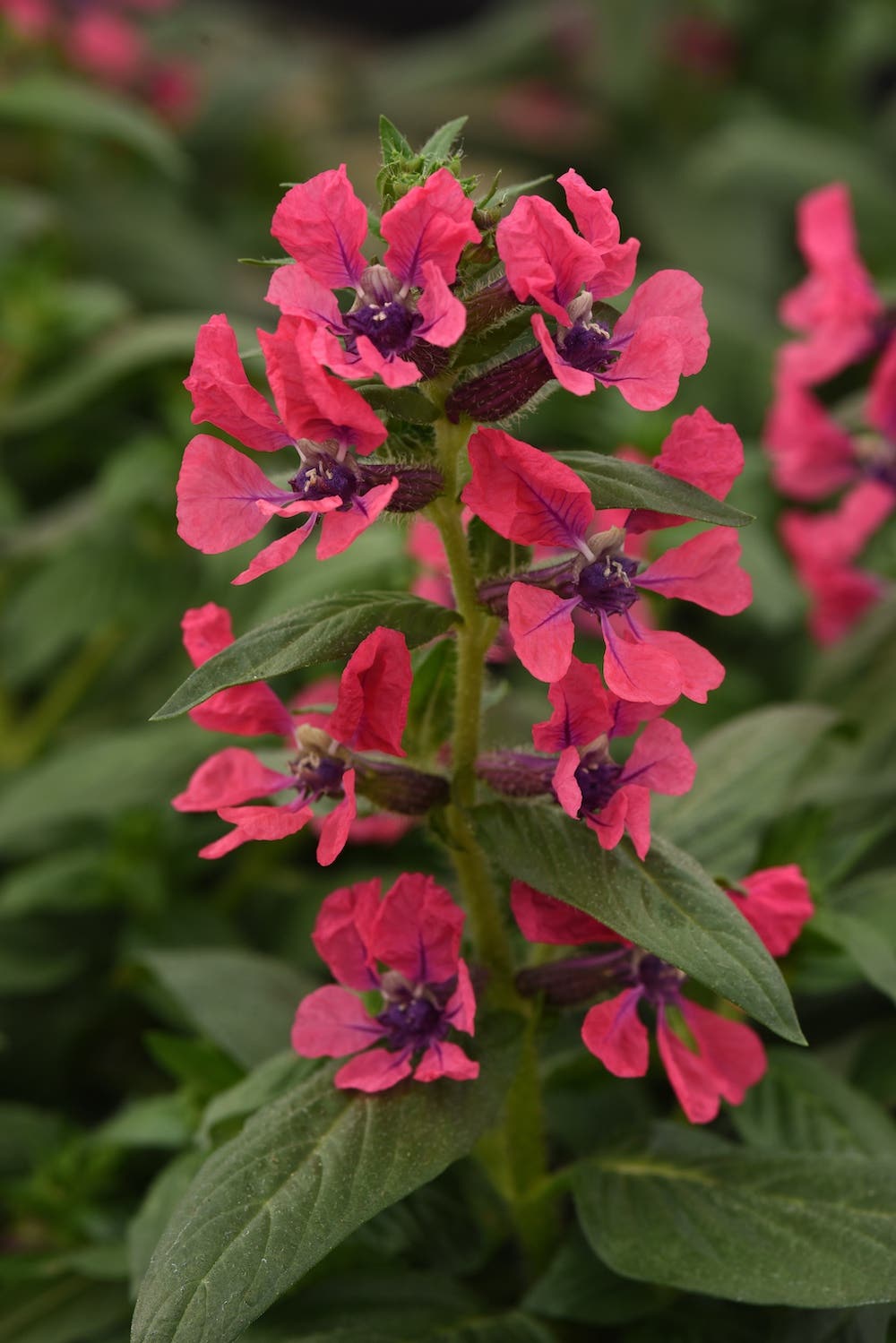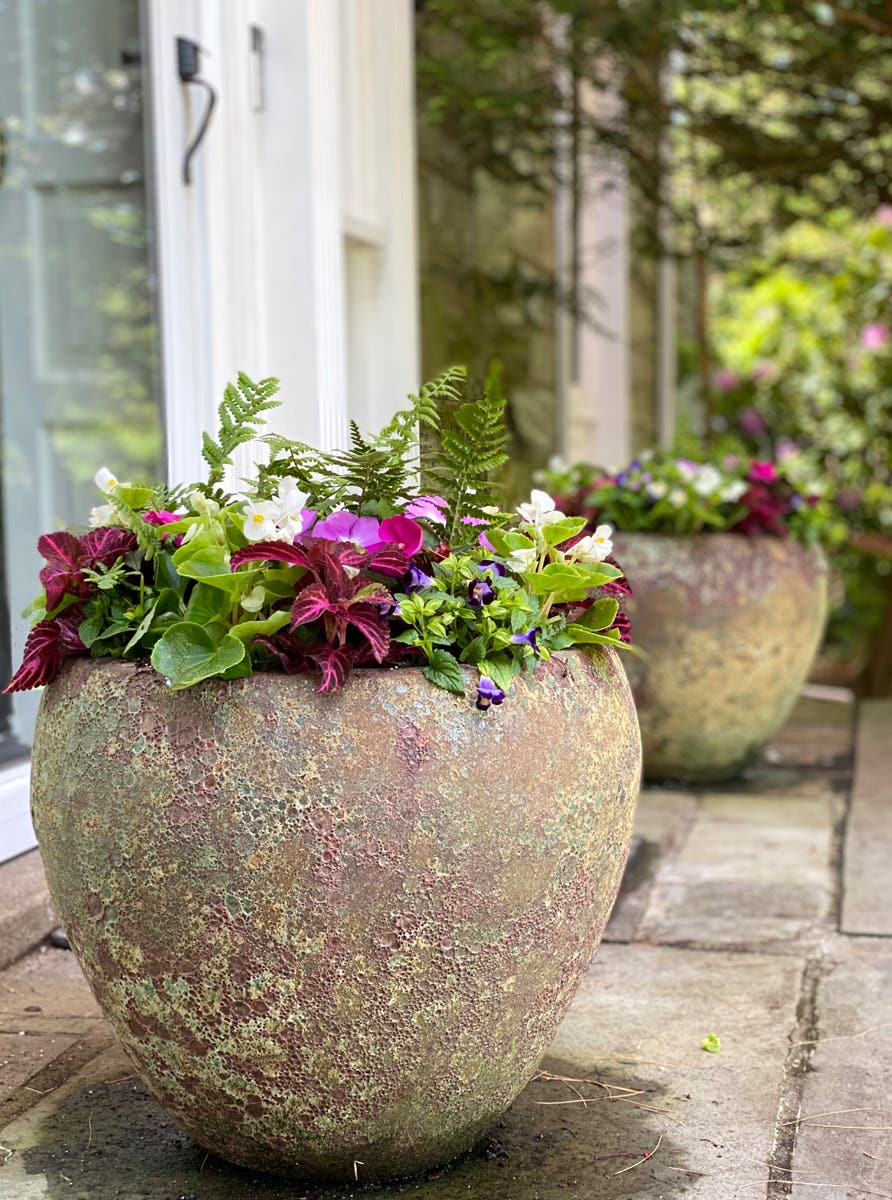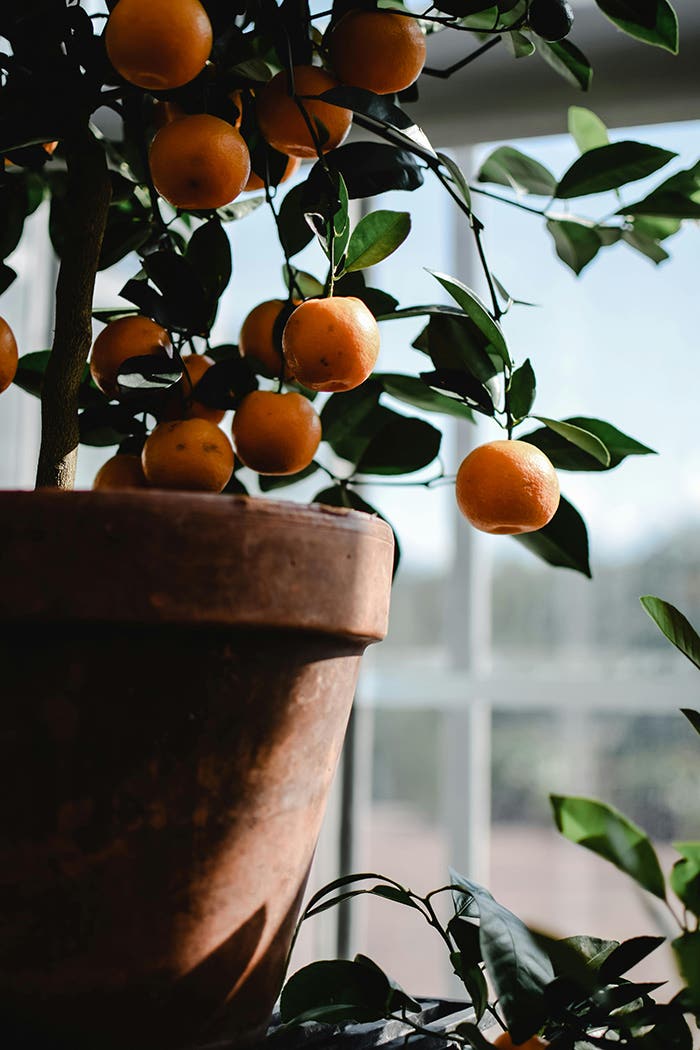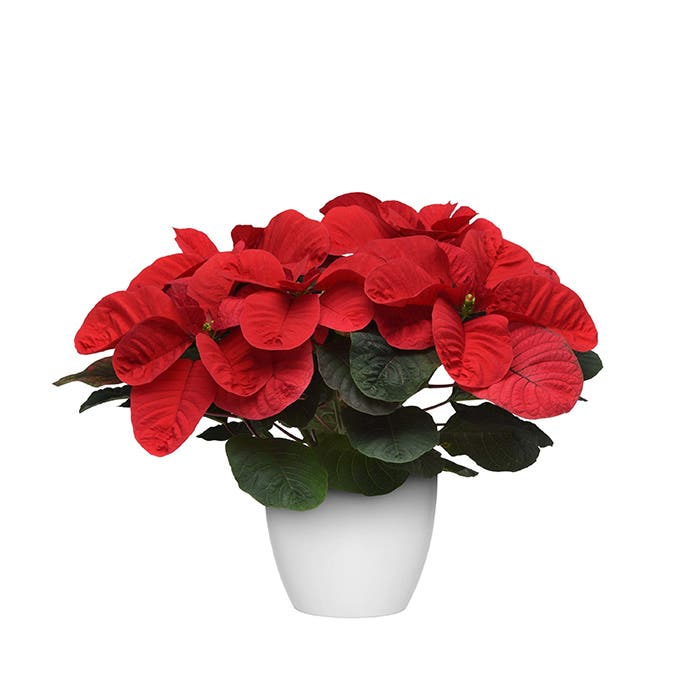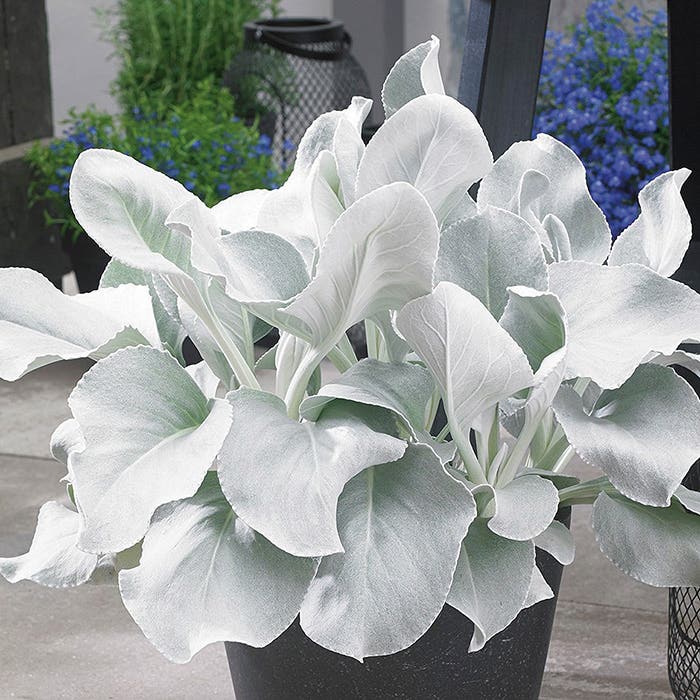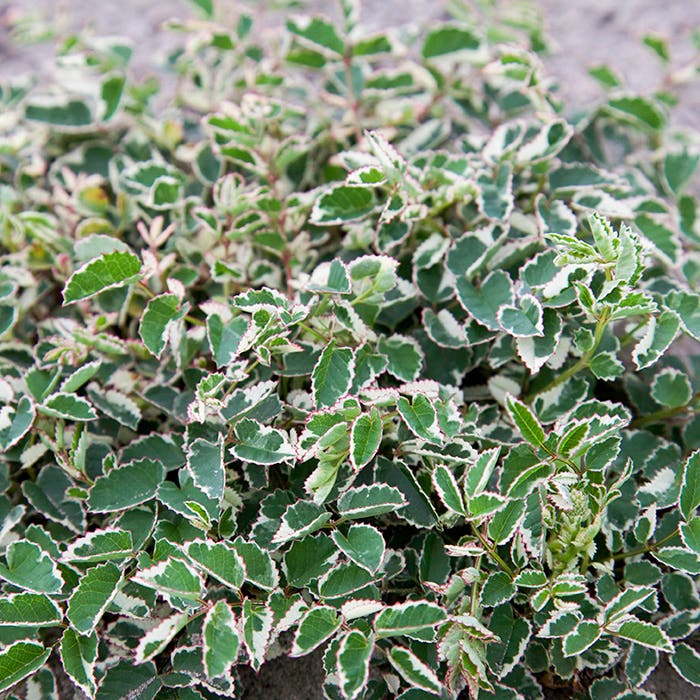Tips for Growing Roses in Containers
Roses can grow and bloom in containers when you follow these tips.
Keeping roses in containers provides advantages in garden design and maintenance. When placed on casters, large pots are easy to move into a prominent position or into the spot that offers the most sun as the season progresses—full sun being a must for a rose's health and blooming.
Growing roses in containers also helps with maintenance. A large pot can allow the gardener to deadhead spent blooms, remove diseased foliage and keep the soil clear of debris without bending as much. These are all essential tasks for healthy, long-blooming roses.
Choosing roses and pots
When choosing a rose to keep in a pot, stick to cultivars that are compact and resistant to disease. Climbers and large shrub roses fare better in garden beds and borders, but miniature roses and ground-covering types can thrive in containers.
Related: Check out the award-winning Pretty Polly Pink and At Last roses as good options for a container.
If the container will remain outside year-round, pick a rose that is rated winter hardy at least one USDA Zone lower than yours. (For instance, in Zone 6, use a rose hardy to Zone 5 or colder.) Be sure that the pot itself can withstand your winter, too.
Watering and feeding roses in containers
Growing roses in containers does require a bit more diligence when it comes to watering and fertilizing.
Keep in mind that containers dry out more quickly than garden beds. Also, the smaller the container, the more quickly the potting mix will dry. Check potted roses every day to see if they need water, especially in hot, dry or windy weather. When the growing medium feels dry at about a one inch depth, it needs a thorough soaking.
The extra watering that roses need will wash nutrients out of the potting mix, so the plant may need feeding every two weeks, or even weekly, with a dilute solution of liquid fertilizer. Adding a granular slow-release fertilizer at the start of the growing season is also recommended.
Related: "Watering the Summer Garden" (includes tips for pots)
Repotting
As the rose plant grows, increase the size of the container to remain in proportion, or simply prune both the plant and its roots to maintain a smaller size. (Trim roots by removing the plant from the pot.) Refresh potting soil every few years—this provides the chance to root-prune, too!
Winter protection for roses in containers
Where frost and freezing temperatures occur, protect potted roses in a garden shed or basement if the container is not freeze-proof or if the rose is not hardy enough for your area (see above). If garden space allows, you can also plant the roses, container and all, in the garden in fall and top-dress with mulch to keep both items safe. The easiest route is to choose both a variety and a pot suited to your climate!


